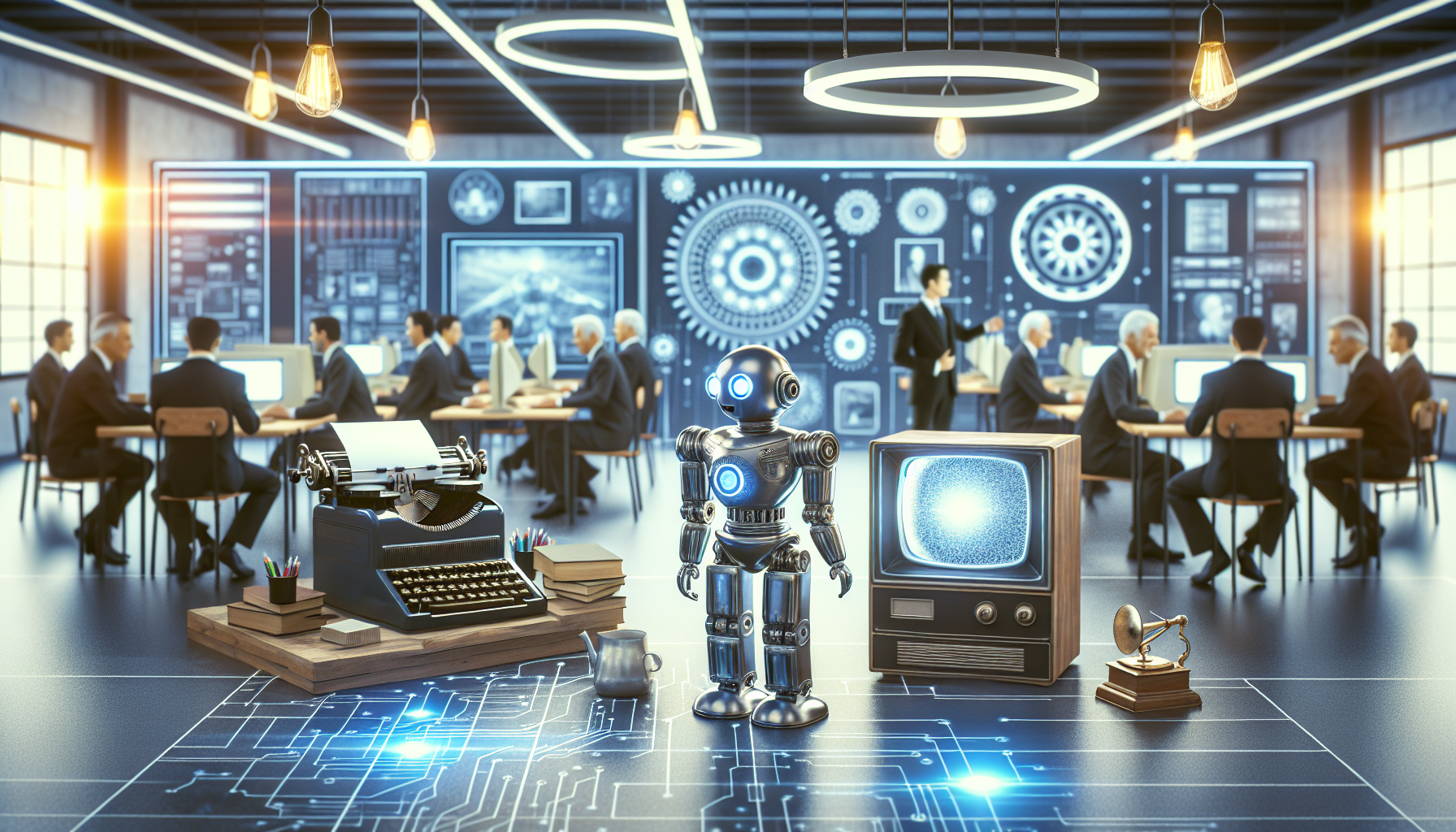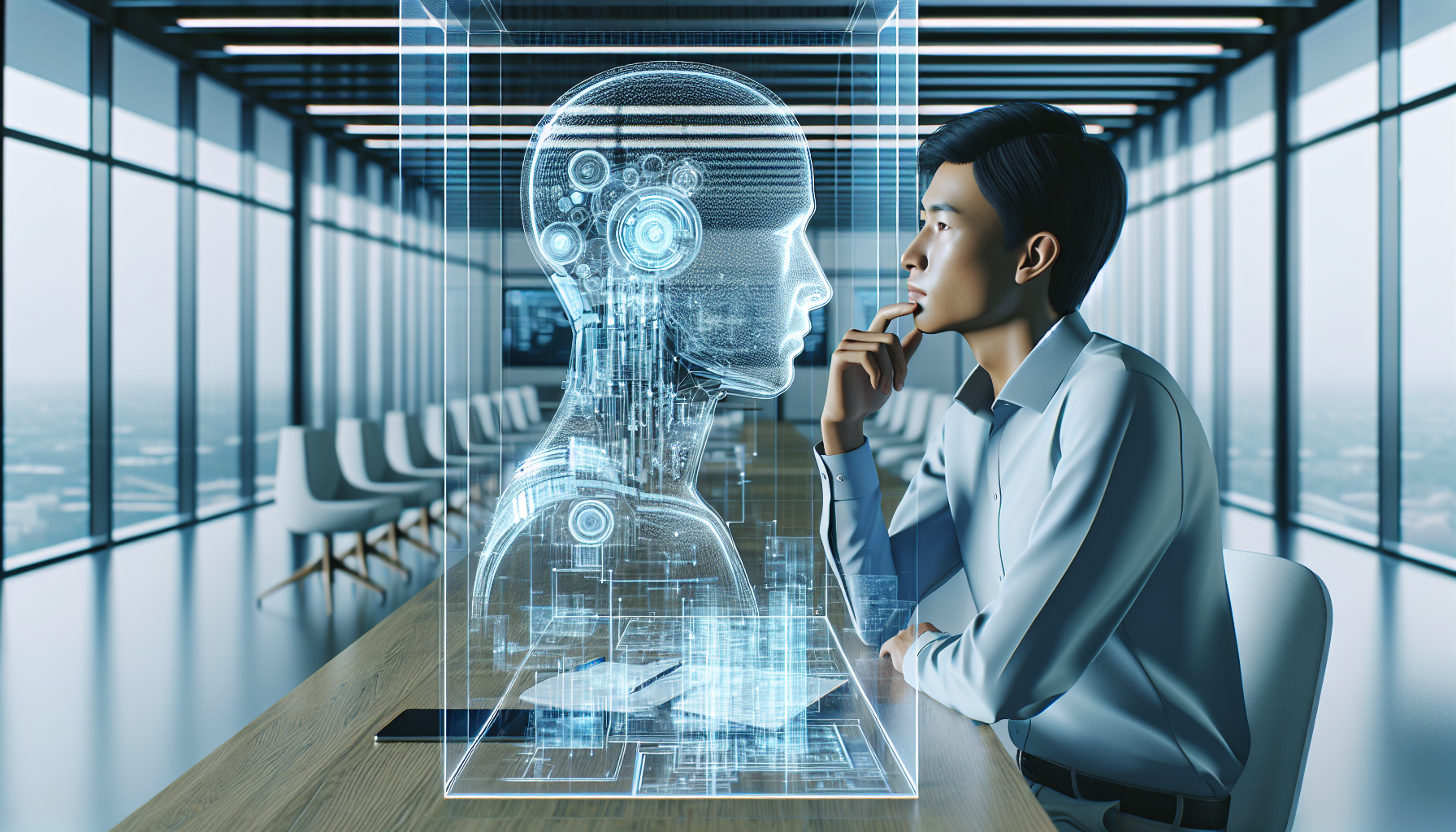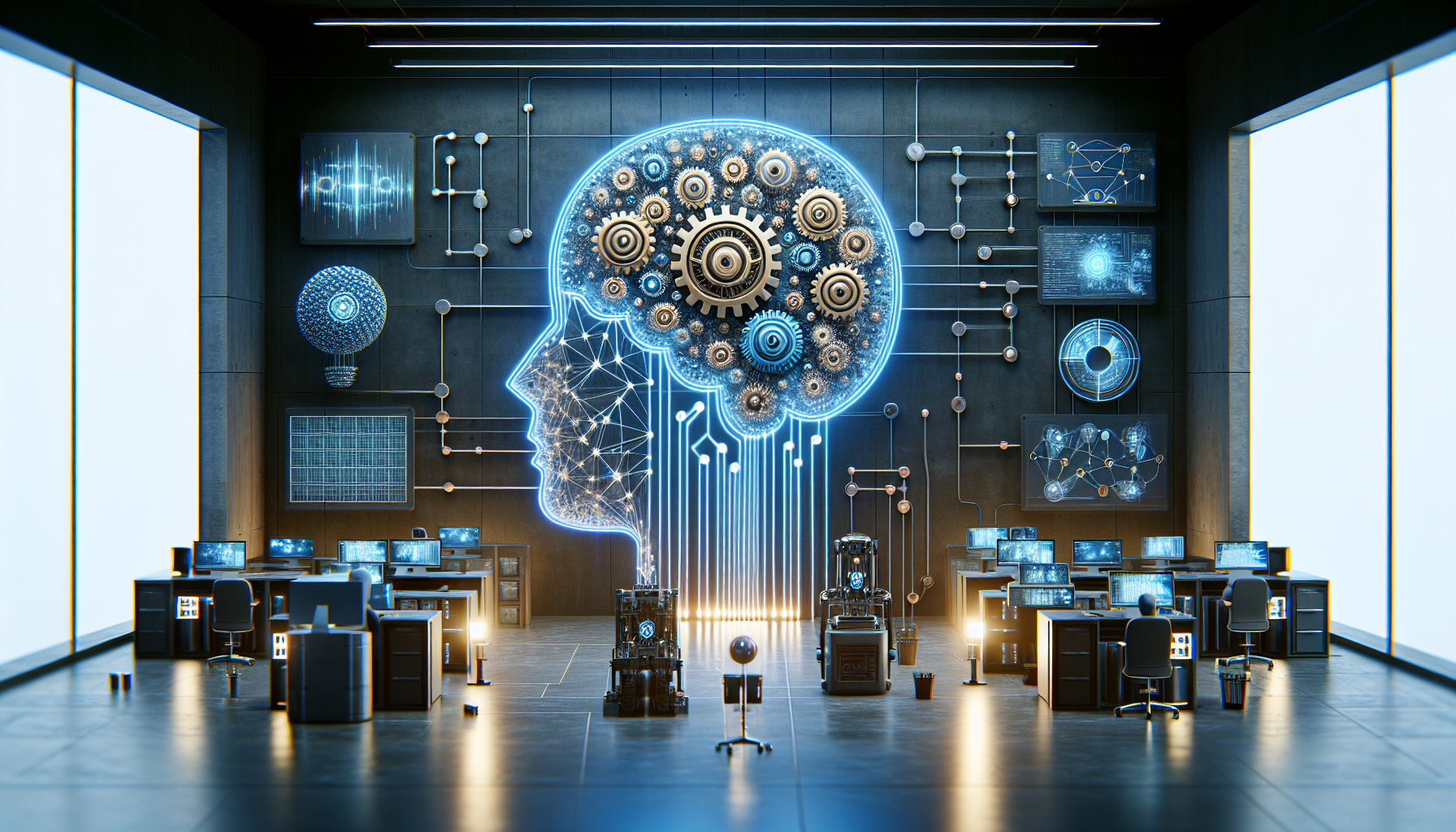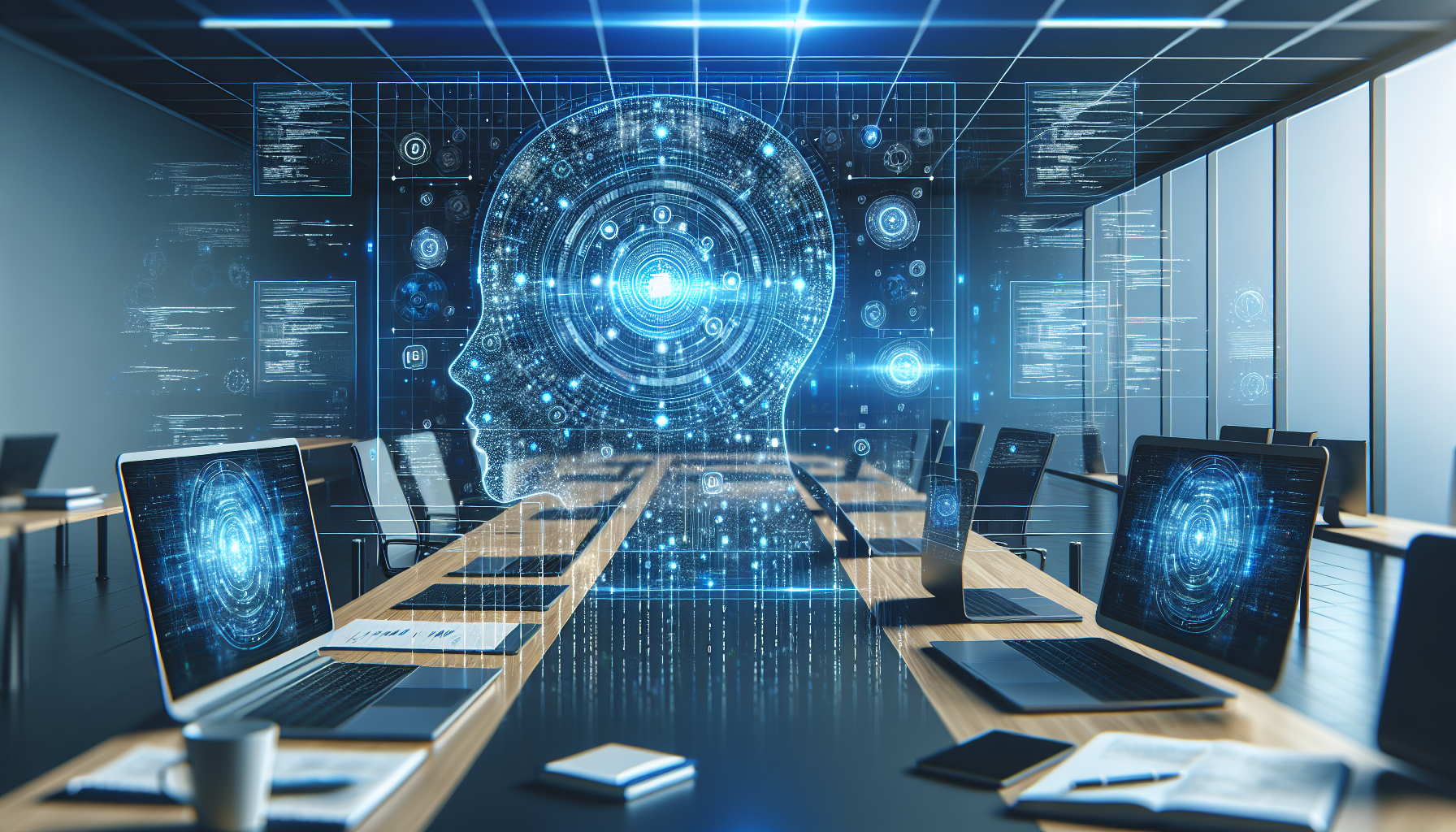
Artificial Intelligence: Transforming Art and Creativity Through History
August 19, 2025
Artificial intelligence, a term that once conjured images of futuristic machines performing mundane tasks, has infiltrated realms far beyond its initial scope. One area where AI's impact has been both profound and unexpected is in the domain of art and creativity. This intersection has not only redefined what creativity can mean but also posed intriguing questions about authorship and the essence of art itself.
The journey of AI into the creative sphere was not a sudden leap but rather a gradual evolution marked by several pivotal developments. Early computational experiments with art began with simple algorithms designed to assist rather than create. These initial forays, while rudimentary, laid the groundwork for more sophisticated systems. As algorithms became more advanced, so too did their capacity to mimic and even innovate upon human artistic expressions.
The notion of machines participating in art challenges traditional definitions. Historically, creativity has been seen as a uniquely human trait, a mysterious interplay of inspiration and skill. Yet, the advent of AI-driven art has sparked debate over whether machines can genuinely create or merely replicate. In seeking to answer this, it is essential to consider how AI has been used as a tool to enhance human creativity, rather than as a solitary artist.
One of the less acknowledged but significant milestones in AI's artistic journey was the development of generative algorithms. These algorithms, capable of producing music, paintings, and literature, have been instrumental in expanding the boundaries of artistic creation. They allow for the exploration of new styles and techniques that might not be feasible for human artists due to time constraints or technical limitations. This capability has encouraged a reevaluation of creativity itself; is it solely the province of the human mind, or can it be distilled into a series of algorithms?
The debate over AI's role in art often centers on the question of authorship. When a machine generates a piece of art, who is the creator? Is it the programmer who designed the algorithm, the machine that executed the creation, or perhaps a symbiotic collaboration between human and machine? This inquiry is not merely academic; it has practical implications in the realms of copyright and intellectual property. The legal systems around the world grapple with these questions, striving to keep pace with technological advancements.
AI's influence on creativity extends beyond visual arts to literature and music. In literature, AI has been employed to generate narratives, assist in editing, and even propose novel storylines. These applications have been met with both enthusiasm and skepticism. Proponents argue that AI can offer fresh perspectives and alleviate writer's block, while critics question the depth and authenticity of machine-generated prose.
In music, AI's impact has been similarly transformative. Composers have long used technology to aid their creative processes, but AI introduces an unprecedented level of autonomy. Algorithms can analyze vast troves of musical data to create compositions that are both original and informed by historical styles. This ability raises intriguing questions about the future of music creation and the role of the composer in an age where machines can independently generate symphonies.
Despite the transformative potential of AI in art, there remains a fundamental human element that machines have yet to replicate fully: emotional depth. Art, at its core, is an expression of the human condition, laden with emotion and personal experience. AI can mimic human creativity, but whether it can truly embody and express human emotion is a question still open to debate. This distinction may be what ultimately preserves the unique role of human artists in the age of machines.
As AI continues to evolve, its influence on art and creativity will undoubtedly deepen. The challenges and opportunities presented by this intersection invite us to reconsider the nature of creativity, authorship, and the role of technology in our cultural landscapes. In this ongoing narrative, one might ponder: How will the definition of art transform as AI continues to blur the lines between human and machine creativity? And what new forms of expression might emerge from this symbiotic relationship?
The exploration of these questions will shape not only the future of art but also our understanding of the human experience in a world increasingly intertwined with artificial intelligence.


